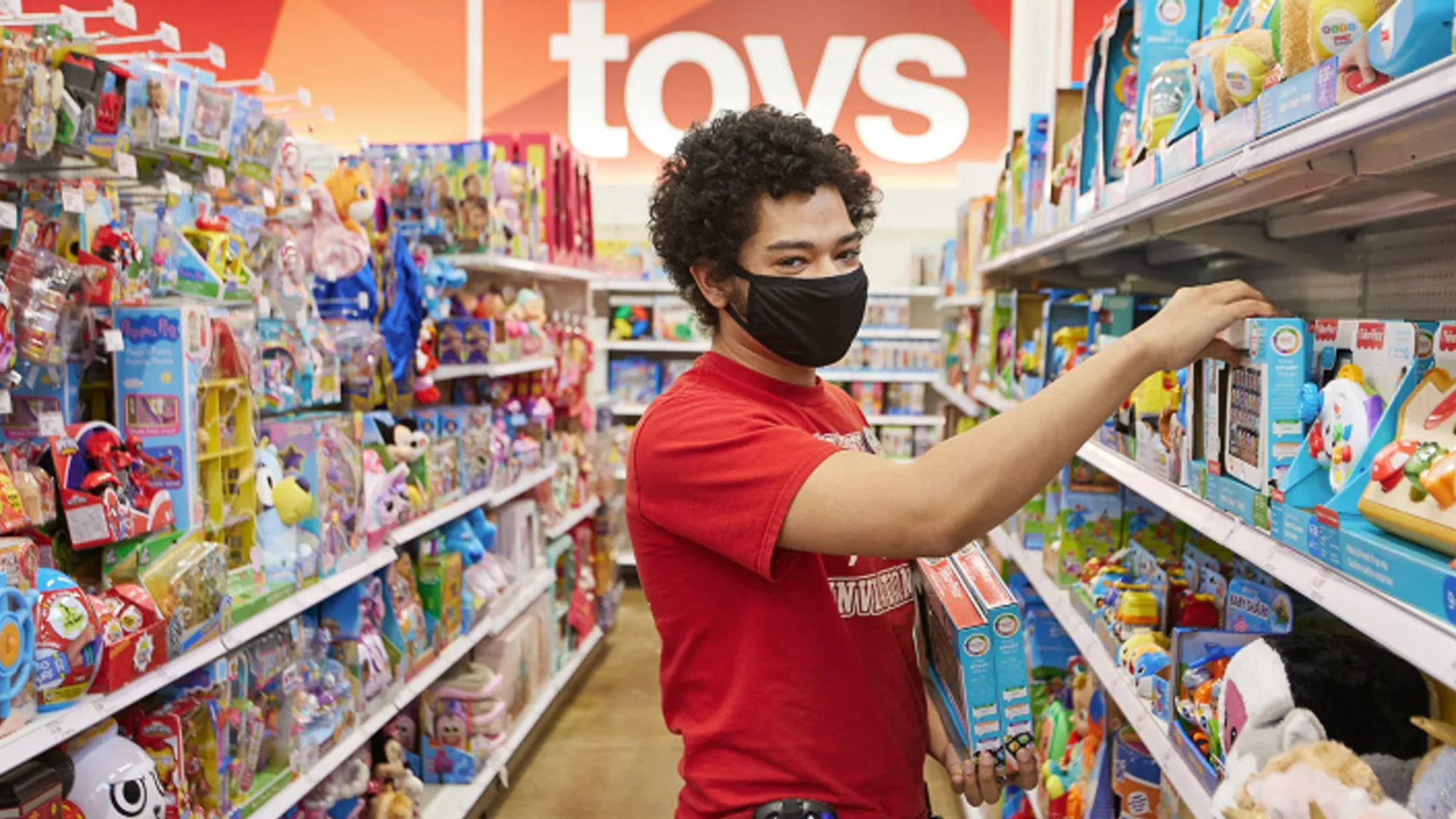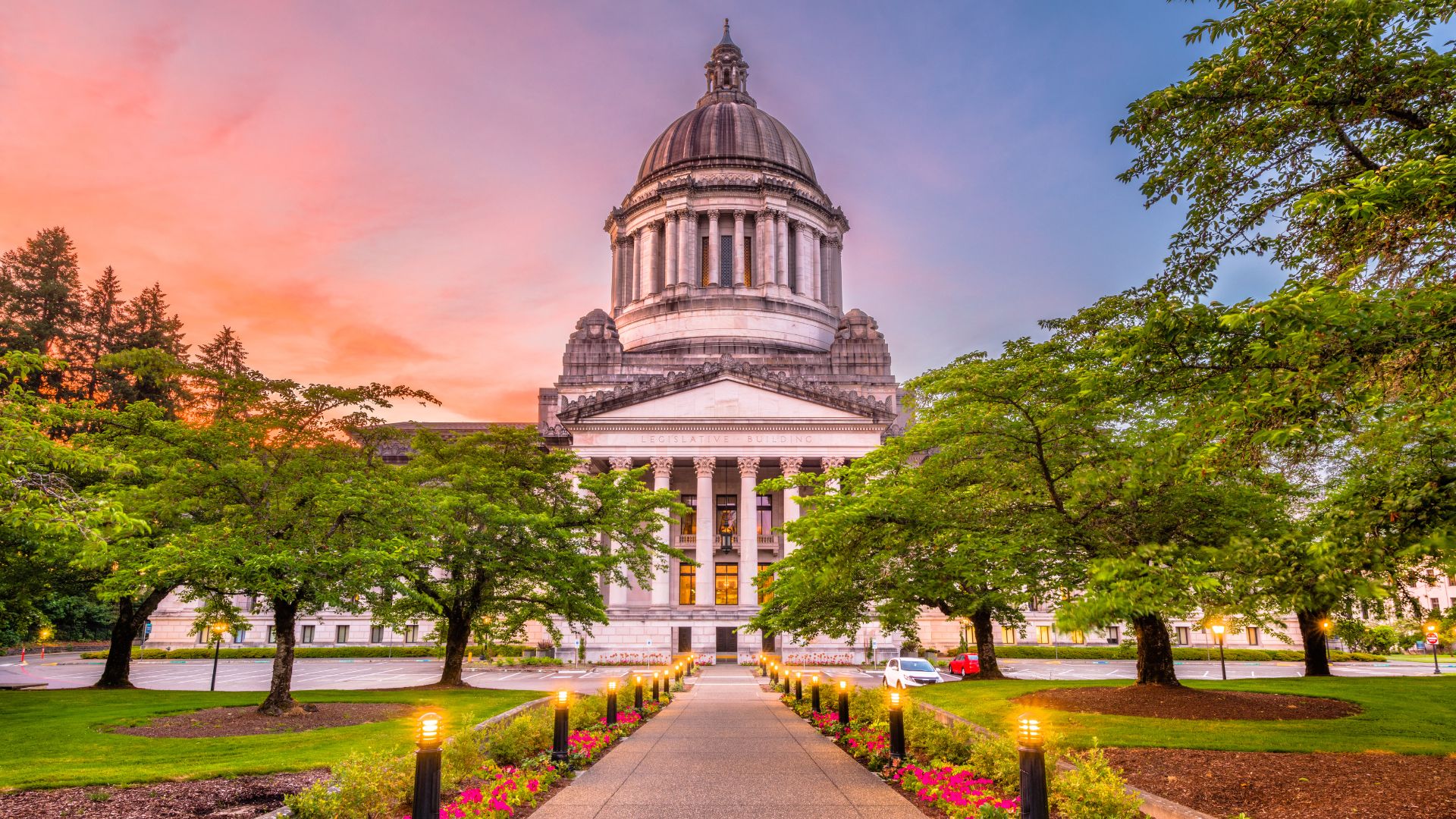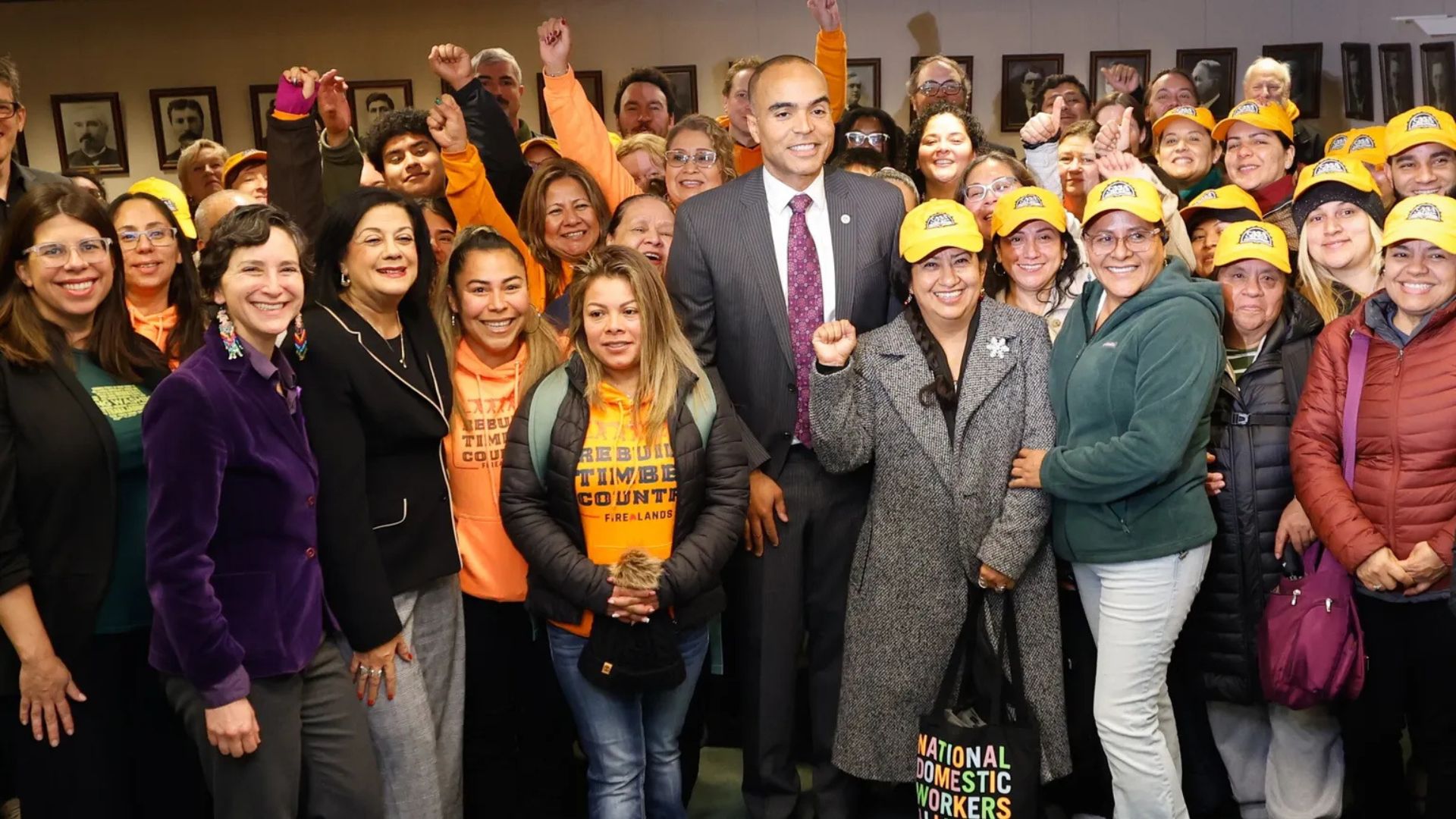
A Target employee wearing a mask works in an aisle of toys. Courtesy of Target
Five years after the pandemic lockdowns, the retail industry has seen significant recovery, but true “normalcy” remains elusive. While stores are open, inventory is flowing, and inflation has decreased, uncertainties in the economy and political instability are still causing anxiety for both consumers and retailers.
The pandemic disrupted shopping habits and reshaped consumer expectations, with many prioritizing experiences over products in the early recovery stages. Retailers struggled to adapt to these shifting demands, but have slowly begun to refocus on in-store experiences as customers have shown a willingness to return to physical stores.
Consumers now hold more power than ever before, influenced by technology and evolving expectations, especially regarding price and value. Despite this, inflation, economic distortions, and policy changes have led to cautious spending. Consumer confidence has sharply dropped in 2025 due to fears of tariffs and ongoing economic instability.
While the retail sector shows signs of recovery, especially with reduced inflation, the broader economic uncertainty is still preventing a return to “normal.” Experts warn that the pace of change and unpredictable political developments make it difficult to define what normal even looks like anymore.

